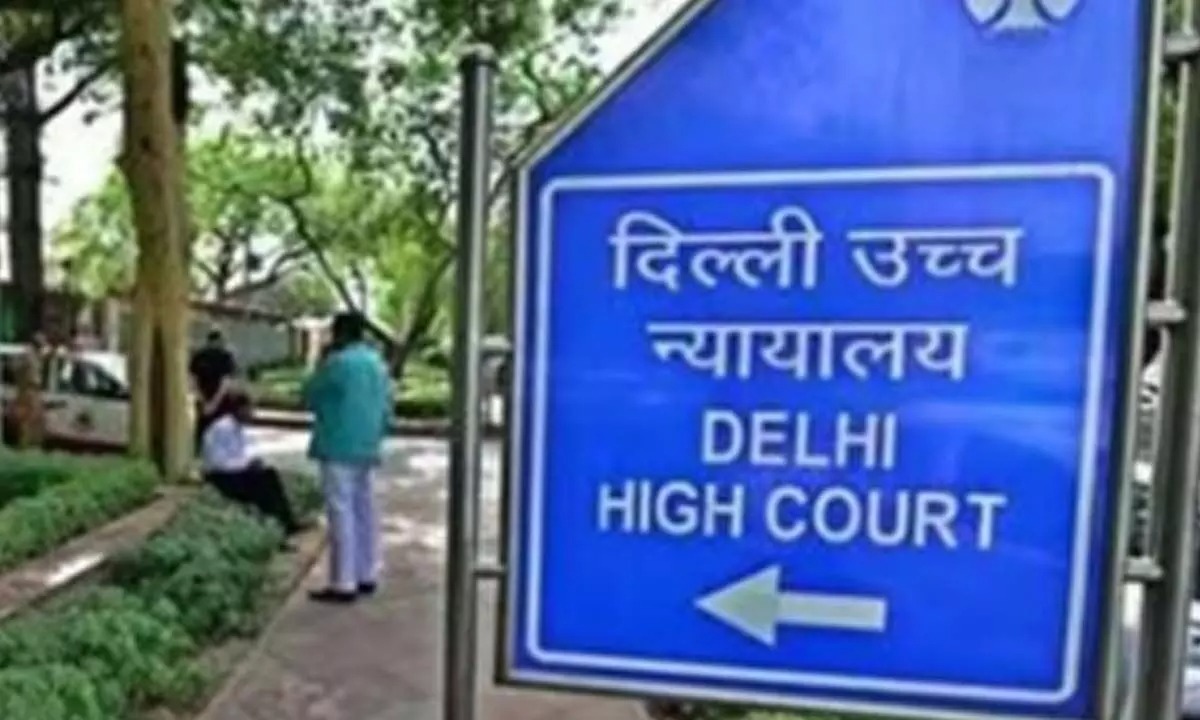R.K. Merathia, J.@mdashThe petitioners have prayed for quashing the order of the Commissioner. Santhal Pargana at Dumka dated 2.5.1994 and the order of the Charge Officer No. II at Dumka dated 2.6.1992 as well as the recommendation of the Assistant Settlement Officer, Dumka dated 7.9.1987 in Misc. Petition No. 330 of 1987. It is further prayed that it may be declared that the petitioners are the rightful legal heir and successor of Late Lakhan Marandi being ghar-jamai.
2. At the time of attestation, the contention of the petitioners was that their name should be recorded exclusively as petitioner No. 2 was married with petitioner No. 1 in the form of ghar-jamai of the recorded tenant, whereas the contention of respondent No. 5 was that the marriage between, the petitioners was not in the form of ghar-jamai and, therefore, names of all the daughters of the recorded tenant should be recorded. In the said proceedings, inspection was done in which witnesses were examined and the parties were heard.
3. The petitioners'' case was that the marriage was in the form of ghar-jamai which will be clear from the certificate issued by the Church in which under the name of petitioner No. 2, ghar-jamai was written.
4. The case of respondent No. 2 was that the marriage between the petitioners was performed as per the Christan Religion in the Church and not as per the Santhal Customs of ghar-jamai.
5. The witnesses produced on behalf of respondent No. 5 supported her case. The witnesses produced on behalf of the petitioners, inter alia, stated that the petitioners'' marriage was solemnised in Church in the form of ghar-jamai, butsoon after the marriage, they started residing elsewhere. These witnesses admitted that the petitioners'' marriage was not performed as per Santhanl Custom.
6. The Settlement Officer found that the marriage certificate issued by the Church was interpolated by inserting the word "ghar-jamai''; that the marriage was not performed as per ghar-jamai custom; that respondent No. 5 was residing in the same village where the lands in question were situated and she along with her family was looking after the same; and that the other sisters of respondent No. 5 had not interest in the matter. In the circumstances, he recommended that the names of the petitioner No. 1 and respondent No. 5 be recorded in the records in equal proportion.
7. Being aggrieved by this order, the petitioners filed appeal before the Charge Officer. The same having been dismissed, a revision was filed before the Commissioner, wherein the order of the Assistant Settlement Officer was confirmed.
8. Mr. J.P. Jha, appearing for the petitioners, with reference to Annexure 4 submitted that the marriage certificate issued by the Church was a type-written document and there was no question of any interpolation in the same. He further submitted that Church is a public place and. therefore, it should be presumed that the marriage was performed in the form of ghar-jamai. He also submitted that the appellate order was passed by the Charge Officer without giving any opportunity of Hearing to the petitioners.
9. Mr. Rajiv Sinha, appearing for respondent No. 5, with reference to paragraph 9 of the counter affidavit submitted that the petitioners have not annexed the same marriage certificate which was produced before the Assistant Settlement Officer and, and that the alleged marriage certificate (Annexure-4) is a fabricated document. He further referred to the relevant portion of paragraph 46 of the Gantzer Report of Santhal Tribal Law of Inheritance which reads as follow:
According to tribal custom it is permissible for a man with daughters and no sons to take a son-in-law into his house as a ghar-jamai and to give him thereby all the rights of a son. The adoption of a ghar-jamai is a formal proceeding leaving no room for doubt as to the father-in-law''s intention and resulting in the ghar-jamai cutting off all connection with his own family as far as his rights to property are concerned, and becoming to all intents and purpose the sons of his father-in-law. When such adoption has been formally made, the ghar-jamai can succeed as a son and oust other male relative. It is of importance to note that a ghar-jamai can be adopted only by a deliberate public act in the presence of the village community at the time of the marriage, and that according to tribal law a father-in-law cannot at a later stage convert an ordinary son-in-law into a ghar-jamai.
10. He submitted that it is clear that the marriage between the petitioners was not performed in the form of ghar-jamai as per the Santhal Customary Law of Inheritance. Moreover there is nothing to show that the petitioners acted as ghar-jamai, rather, the petitioners left the village just after their marriage and the respondent No. 2 was looking after the lands of her father. He further submitted that the stand of respondent No. 5 was/is a just and fair and as she never said that the name of the petitioners should be excluded rather her prayer was to include the name of all the sisters. He further submitted that the petitioners have not been prejudice by the appellate order as the Commissioner heard the petitioners and on perusal of the materials on record, he confirmed the order of the Assistant Settlement Officer. With reference to the counter affidavit, he further submitted that Bansagari Parwanas has been issued and possession cf the lands in question was delivered to respondent No. 5in the year 1994. In these circumstances, he submitted that no interference is called for in the impugned order.
11. I find force in the submission of Mr. Rajiv Sinha. Admittedly, the petitioners were not married as per the Santhal Customary Law of Inheritance as ghar-jamai. The marriage certificate of the Church produced by the petitioners was found to be fabricated. The witnesses of the petitioners stated that the petitioner started living in a separate village just after the marriage. I do not find any reason to interfere with the findings of fact recorded by the Assistant Settlement Officer. It is true that the appellate authority dismissed the appeal without hearing the petitioners but that has not caused any prejudice to the petitioners as they were heard by the Commissioner in revision.
12. I find no merit in the writ petition which is accordingly dismissed without costs.

